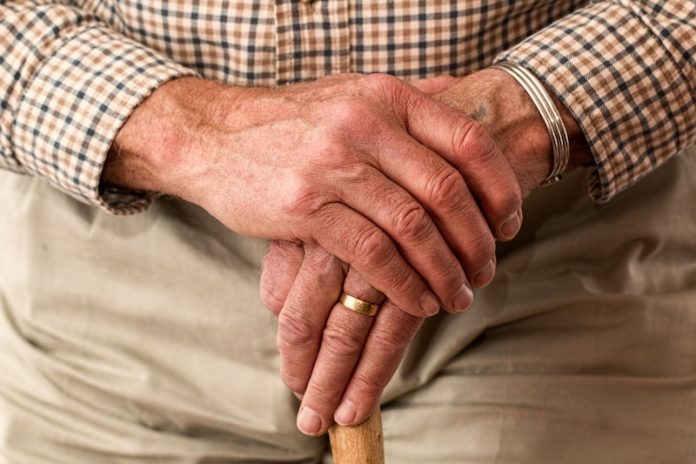
Scientists from the University of Michigan found that more older people fall every year.
They found that despite prevention efforts, falls increase by about 1.5% annually.
The research is published in JAMA Network Open and was conducted by Geoffrey Hoffman et al.
Falls are a leading cause of hospitalization and institutionalization for older adults in the U.S. and fall prevention efforts are an important part of geriatric education and health.
In the study, the team examined national trends and geographic variability in fall injuries.
They analyzed claims from 2016-2019 for adults 65 and older. The 1.5% average annual increase translates to an additional 106,000 new fall injuries, or an estimated $1 billion in new fall injury spending over the study period.
It’s not clear why falls are increasing.
The team adjusted for age, but the study could have captured population changes in health and function, or in prescribing patterns for medications associated with increased falls.
Or, the results could reflect other factors–for instance, a more active older adult population could result in more falls.
Finally, the findings could reflect other changes in treatment and care, or how fall injuries are administratively coded.
The team was surprised by the wide variation in fall injury rates between low and high injury areas.
Counties with the highest (in the 90th percentile) fall rates had rates that were roughly 75% higher than counties with the lowest (10th percentile) fall rates.
This suggests that environmental factors may play a larger role in falls than has been previously discussed and that population-targeted risk management to target-specific areas may be cost-effective and beneficial.
The team found higher-risk areas were in the Central Plains and South. However, these areas are less populated so data is sparser and potentially less reliable.
The research shows the potential for using national Medicare data to track falls for older adults on a large-scale.
Such monitoring may capture benefits of future more effective prevention efforts or identify harms, such as increasing use of fall-risk inducing medications.
Falls affect 4.5 million older adults in the U.S. and cost Medicare $15 billion to $30 billion annually.
Previous reports of increased fall injury trends are limited because data were self-reported and potentially undercounted by excluding moderate injuries.
Sign up for our newsletter for more information about this topic.
If you care about fall risk, please read studies about how to reduce your fall risk, and this type of exercise may slow down bone aging.
For more information about bone health, please see recent studies about what you need to know about the silent bone disease, and results showing drinking too much coffee may damage your bone health.
Copyright © 2022 Knowridge Science Report. All rights reserved.



